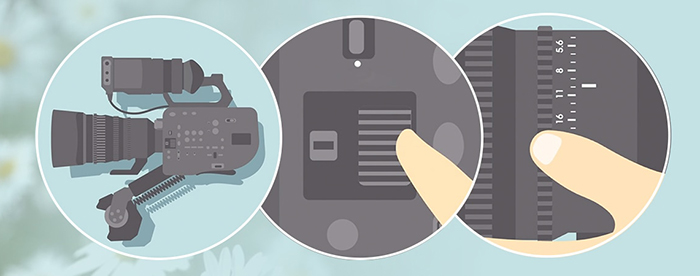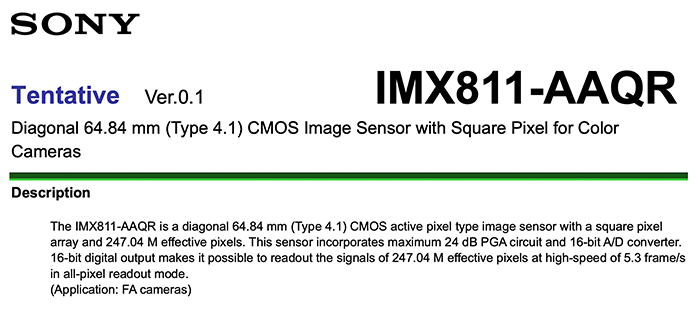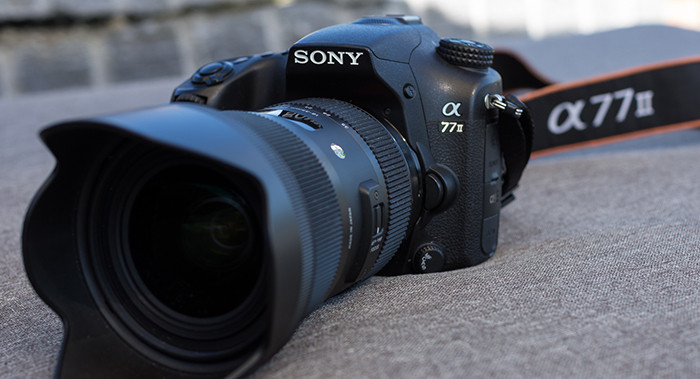Guest post by Andreas Peters: A-mount vs E-mount (A77II vs A7II).
This is a Guest post from Andreas Peters:
—
Last weekend I did some image tests that could be of interest for all SAR readers (and may also be published in your rumors blog)…
As an APS-C camera owner (first Samsung NX11, then Sony Alpha 65 and since last year Sony Alpha 77II) I’m currently tempted to switch to a full frame Sony camera but I prefer a-mount to e-mount as the current A7 series autofocus technology does not convince me (I’m therefore waiting for the A99 successor as I also own some very good a-mount full frame lenses).
One of my colleagues recently sold his complete Canon equipment and switched over to a Sony A7II. This was a perfect situation to do a direct comparison of the image quality under bad light conditions. The idea of this test was to have a 1:1 comparison of an identical low light scene shot with two cameras that have a lot of the technical specifications in common (identical 24.3MP resolution, same sensor generation, same BIONZ X image processor).
** Equipment **
– Sony A7II with FE 55mm F1.8 ZA Carl Zeiss Sonnar T*
– Sony A77II with Sigma 18-35mm F1.8 DC HSM Art
** Test setup **
All pictures were taken in the same room with the only light provided by a single light bulb.
The cameras were (one after another) mounted on the same tripod.
The Sigma lens was zoomed in to 35mm (in order to have the same image frame).
Focus was set manually to the white glue bottle (in the center of the frame)
Cameras were in Aperture priority mode and the aperture was fixed at F2.8
ISO was set to 100, 200, 400, 800, 1’600, 3’200, 6’400, 12’800 and finally 25’600
A shutter delay of 2s was used to prevent any shaking of the camera
No flash was used
Pictures were taken in RAW and converted to JPEG (in original resolution) using Lightoom 6 (without any noise reduction and other optimizations).
Please also check the comments section of my flickr album which contains more details about the exact Lightroom settings used for the JPEG conversion.
Link to my flickr album which contains all images in full resolution:
http://www.flickr.com/photos/andip66/sets/72157651289277893
** Results **
I was astonished to see that even a full frame sensor creates a lot of noise in higher ISO settings (honestly much more than I personally expected) when there is no noise reduction applied.
The amount of noise of the A77II in one ISO setting is – in best case – about the same as the A7II with 1 ISO setting higher (e.g. A77II at ISO 800 is similar to A7II at ISO 1’600).
At higher ISO’s (3’200 and above) this tends to go more towards a difference of almost 2 ISO settings higher.
When you furthermore take into consideration that the A77II even looses some light (due to the SLT technology) this result even more astonishing.
** Additional remarks **
It was not my intention to do a scientific test (those you can find all over the internet or in special photo magazines containing detailed Dead-Leaves, Kurtosis, etc. measures) but one from the real world which simply compares the images quality of two cameras which both provide optimal image quality for their sensor size.
All images are available in full resolution and can be downloaded – for your own pixel peeping comparison – from my flickr set “ISO comparison Sony A7II vs A77II”.
The tests at ISO 12’800 and 25’600 were done just for fun (in order to have a complete set of test results) as such high ISO values usually produce image quality which will not be satisfying (if you expect a perfect image quality).
kindes regards and greetings from Switzerland
Andreas





